1873
Rokusaburo Sugiura begins selling lithographic and photographic tools and materials at Konishiya Rokubeiten in Kojimachi, Tokyo (the beginnings of Konica Corporation)
Konishiya Rokubeiten, a medicine wholesaler started by the great-grandfather of Rokusaburo Sugiura, who later changed his name to Rokuemon Sugiura VI, was a leading business establishment in Tokyo. Rokusaburo had his photograph taken at a photography studio when he was twenty-five years old. This experience impressed him greatly and prompted him to begin selling photographic tools and materials. Later, he left his family's business and launched his own shop, Konishi Honten, in Nihonbashi, Tokyo, to deal in lithographic and photographic tools and materials (the beginnings of Konica Corporation).
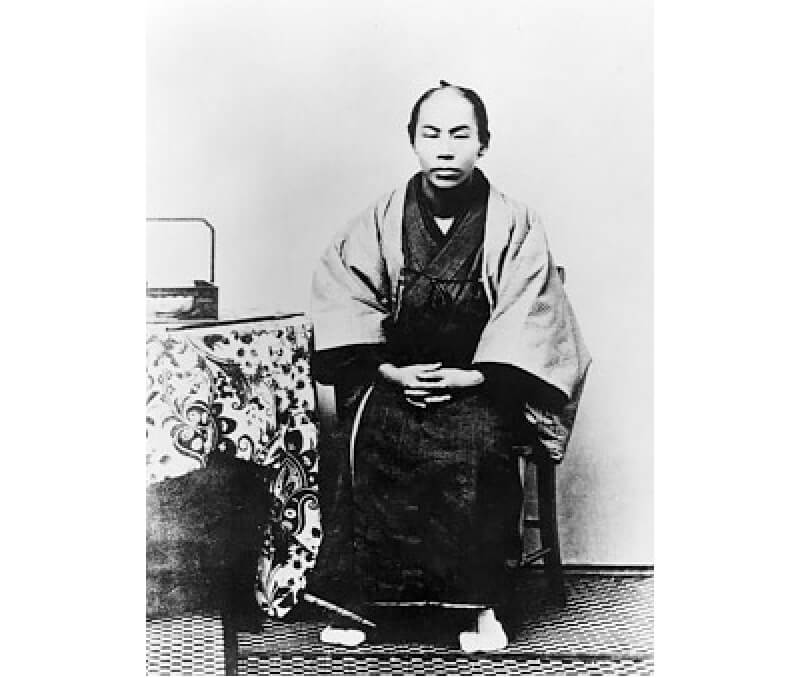
1896
Imported X-ray equipment to Japan and conducted experiments
1897
Imported cinematographic equipment to Japan for the first time, and the first film made by a Japanese completed
1913
Lithographic printing ink successfully manufactured
1923
Konishi Professional School of Photography (present-day Tokyo Polytechnic University) established
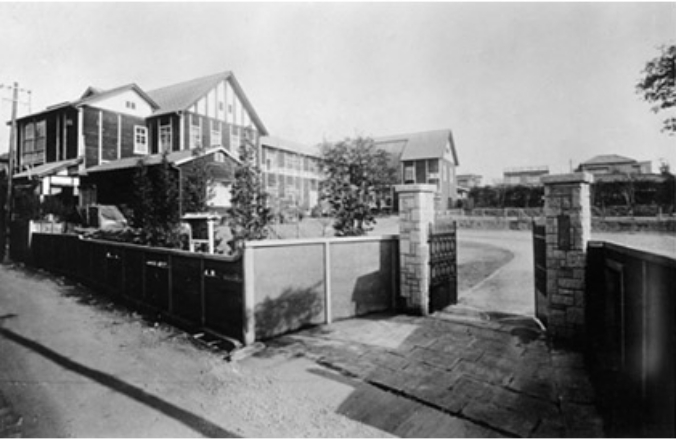
1928
Kazuo Tashima establishes Nichi-Doku Shashinki Shoten (Japan-Germany Camera Company, later known as Minolta Co., Ltd.) to produce cameras in Japan
Kazuo Tashima, who worked for a trading company operated by his father in Kobe, discovered the great possibilities of optical equipment during a visit to Europe. After returning, he established Nichi-Doku Shashinki Shoten, which would become known as Minolta in later years, on November 11, 1928, and opened its first factory in present-day Nishinomiya City, Hyogo Prefecture. In those days, there was no subcontracting factory in the vicinity, and each small component was produced in-house under the guidance of engineers invited from Germany. The first camera product, Nifcalette, was launched in the following year.
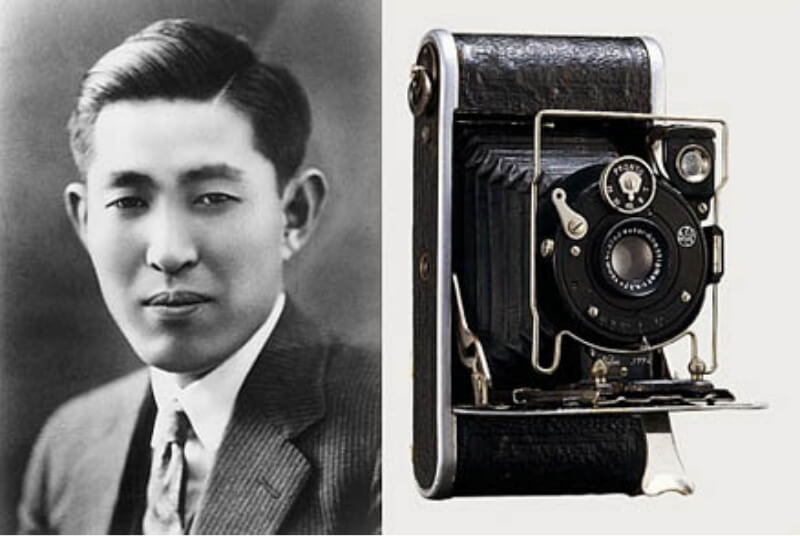
1936
Konishiroku Honten (later renamed Konica Corporation) established as a joint-stock company through reorganization
1951
Japan's first commercial song aired on the radio
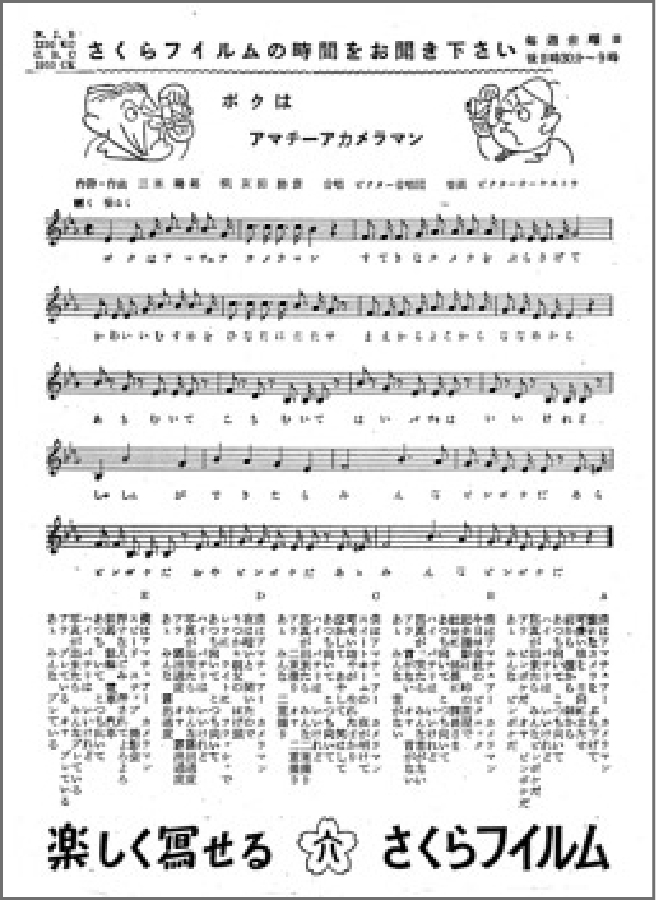
1952
First subsidiary in the U.S. established
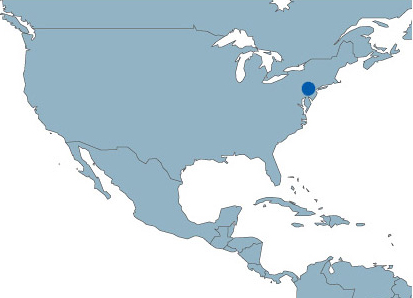
1882
Manufacture of lightproof boxes for photography begins
1882
Manufacture of lithographic printing machines begins
1903
Sakura Hakkin Type Paper, Japan's first photographic paper, marketed
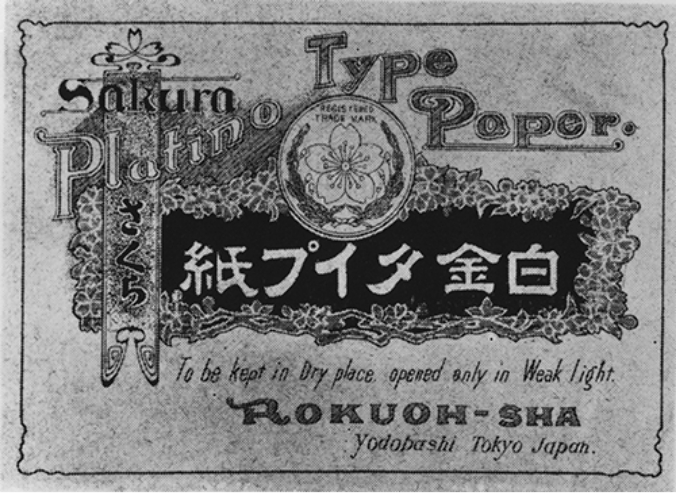
1903
Cherry Hand Camera, Japan’s first branded mass-produced camera, marketed
The Cherry Hand Camera, Japan’s first branded mass-produced camera, could accommodate six dry plates (57 mm × 83 mm) and was sold at a reasonable price. While cameras had been a special product available only to a limited group of people, such as photography studio owners, the introduction of the Cherry Hand Camera made cameras more affordable for general consumers.
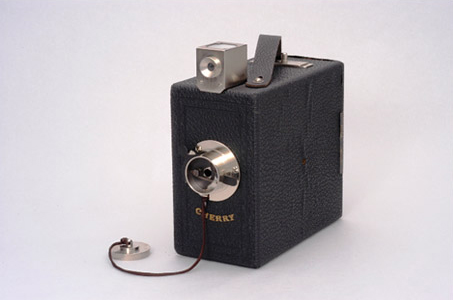
1929
Sakura Film, a photographic film for general photography, marketed
1933
Sakura X-ray Film, an internally developed and produced X-ray film, marketed
The company was imported X-ray machines to Japan for the first time in 1896, the year after X-rays were discovered by Wilhelm Conrad Röntgen, a German physicist. The decision was made to contribute to the medical world in Japan by quickly importing X-ray machines. Thirty-seven years later, in 1933, Sakura X-ray Film was developed, produced, and marketed. Previously, it was the norm to import X-ray films, but Sakura X-ray Film was equivalent to foreign products.
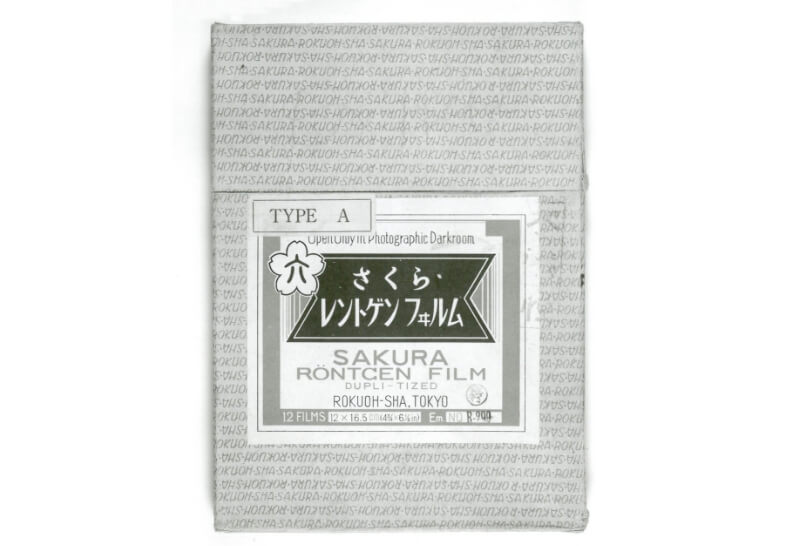
1940
Sakura Natural Color Film, the first Japanese-made color film, announced
Eleven years after the release of Sakura Film, the first internally developed film, in 1929, Sakura Natural Color Film, the first Japanese-made color film, was finally announced in 1940, and marketed the following year.
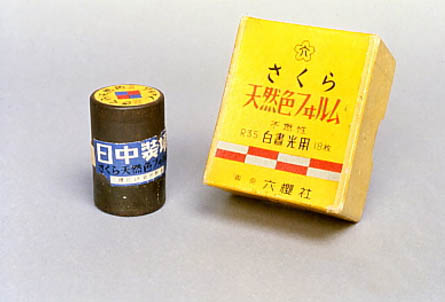
1958
Company's first planetarium unit completed and opened to the public at a science exposition
While frequently visiting the first planetarium introduced to Japan at that time, Kazuo Tashima, who liked to observe the stars, was gradually motivated to develop a planetarium in-house. He continued working on the development together with Masasuke Nobuoka, an amateur inventor, by harnessing optical technology refined through the development of camera lenses. Their efforts yielded results in 1958 with the completion of the first planetarium unit, which was opened to the public at a science exposition held in Hanshin Park (an amusement park in Hyogo Prefecture) and attracted more than 200,000 visitors during the three-month period.
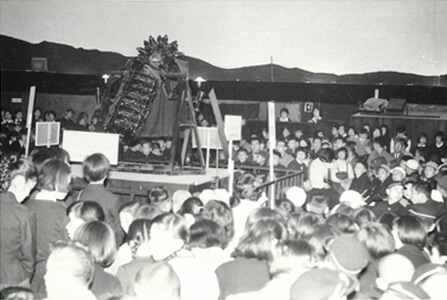
1873
Rokusaburo Sugiura begins selling lithographic and photographic tools and materials at Konishiya Rokubeiten in Kojimachi, Tokyo (the beginnings of Konica Corporation)
Konishiya Rokubeiten, a medicine wholesaler started by the great-grandfather of Rokusaburo Sugiura, who later changed his name to Rokuemon Sugiura VI, was a leading business establishment in Tokyo. Rokusaburo had his photograph taken at a photography studio when he was twenty-five years old. This experience impressed him greatly and prompted him to begin selling photographic tools and materials. Later, he left his family's business and launched his own shop, Konishi Honten, in Nihonbashi, Tokyo, to deal in lithographic and photographic tools and materials (the beginnings of Konica Corporation).

1882
Manufacture of lightproof boxes for photography begins
1882
Manufacture of lithographic printing machines begins
1896
Imported X-ray equipment to Japan and conducted experiments
1897
Imported cinematographic equipment to Japan for the first time, and the first film made by a Japanese completed
1903
Sakura Hakkin Type Paper, Japan's first photographic paper, marketed

1903
Cherry Hand Camera, Japan’s first branded mass-produced camera, marketed
The Cherry Hand Camera, Japan’s first branded mass-produced camera, could accommodate six dry plates (57 mm × 83 mm) and was sold at a reasonable price. While cameras had been a special product available only to a limited group of people, such as photography studio owners, the introduction of the Cherry Hand Camera made cameras more affordable for general consumers.

1913
Lithographic printing ink successfully manufactured
1923
Konishi Professional School of Photography (present-day Tokyo Polytechnic University) established

1928
Kazuo Tashima establishes Nichi-Doku Shashinki Shoten (Japan-Germany Camera Company, later known as Minolta Co., Ltd.) to produce cameras in Japan
Kazuo Tashima, who worked for a trading company operated by his father in Kobe, discovered the great possibilities of optical equipment during a visit to Europe. After returning, he established Nichi-Doku Shashinki Shoten, which would become known as Minolta in later years, on November 11, 1928, and opened its first factory in present-day Nishinomiya City, Hyogo Prefecture. In those days, there was no subcontracting factory in the vicinity, and each small component was produced in-house under the guidance of engineers invited from Germany. The first camera product, Nifcalette, was launched in the following year.

1929
Sakura Film, a photographic film for general photography, marketed
1933
Sakura X-ray Film, an internally developed and produced X-ray film, marketed
The company was imported X-ray machines to Japan for the first time in 1896, the year after X-rays were discovered by Wilhelm Conrad Röntgen, a German physicist. The decision was made to contribute to the medical world in Japan by quickly importing X-ray machines. Thirty-seven years later, in 1933, Sakura X-ray Film was developed, produced, and marketed. Previously, it was the norm to import X-ray films, but Sakura X-ray Film was equivalent to foreign products.

1936
Konishiroku Honten (later renamed Konica Corporation) established as a joint-stock company through reorganization
1940
Sakura Natural Color Film, the first Japanese-made color film, announced
Eleven years after the release of Sakura Film, the first internally developed film, in 1929, Sakura Natural Color Film, the first Japanese-made color film, was finally announced in 1940, and marketed the following year.

1951
Japan's first commercial song aired on the radio

1952
First subsidiary in the U.S. established

1958
Company's first planetarium unit completed and opened to the public at a science exposition
While frequently visiting the first planetarium introduced to Japan at that time, Kazuo Tashima, who liked to observe the stars, was gradually motivated to develop a planetarium in-house. He continued working on the development together with Masasuke Nobuoka, an amateur inventor, by harnessing optical technology refined through the development of camera lenses. Their efforts yielded results in 1958 with the completion of the first planetarium unit, which was opened to the public at a science exposition held in Hanshin Park (an amusement park in Hyogo Prefecture) and attracted more than 200,000 visitors during the three-month period.

